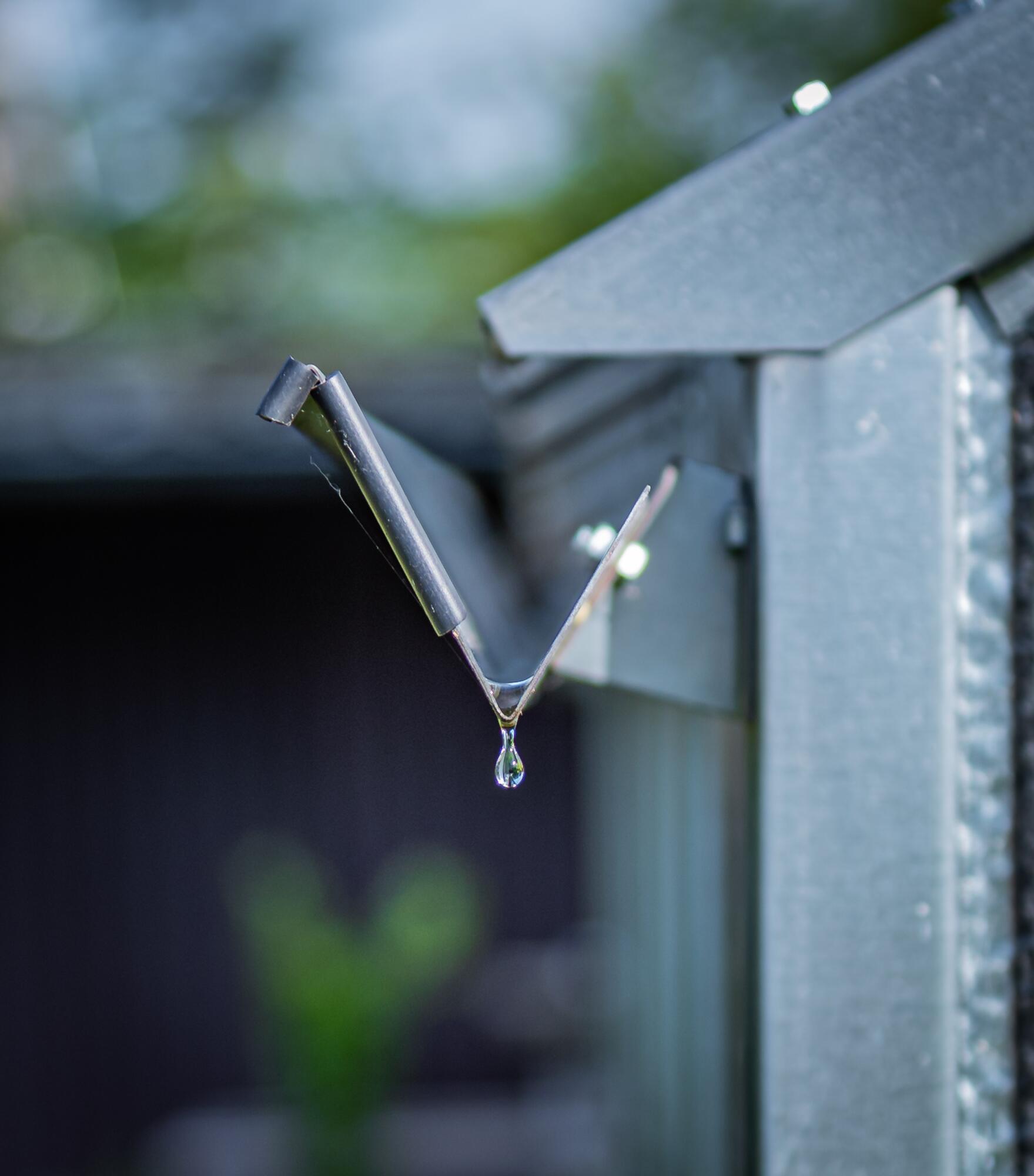Water damage is one of the most common and costly issues homeowners face. It can occur suddenly due to natural disasters or gradually over time from leaks and humidity. Addressing water damage promptly is essential to protect your property, health, and finances. In this comprehensive guide, we’ll explore the causes of water damage, how to detect it early, risks involved, prevention strategies, restoration processes, insurance considerations, and practical tips to keep your home dry and safe.
Understanding Water Damage
What Causes Water Damage?
- Flooding from natural disasters: Storms, hurricanes, and heavy rainfall can overwhelm drainage systems, leading to flooding and extensive water intrusion into homes.
- Leaks from plumbing: Faulty or aging pipes, fixtures, and appliances like washing machines or water heaters are common sources of slow or sudden water leaks.
- Roof leaks and broken shingles: Wind or weather damage can cause shingles to break or dislodge, allowing water to seep into attics and ceilings.
- Appliance malfunctions: Malfunctioning appliances can leak or overflow, causing localized water damage.
- Sewage backups: Blockages in sewer lines can cause contaminated water to flow back into your home, creating hazardous conditions.
- Humidity and condensation issues: Poor ventilation can lead to excessive moisture buildup, promoting mold growth and material deterioration.
Types of Water Damage
- Clean water (Category 1): Water from broken pipes or rain, generally not contaminated but can become hazardous if left standing.
- Gray water (Category 2): Slightly contaminated water from appliances like washing machines or sinks; pose health risks if not handled properly.
- Black water (Category 3): Highly contaminated water from sewage or floodwaters; requires specialized cleanup due to bacteria and pathogens.
Common Areas Affected by Water Damage
- Walls and ceilings: Stains, warping, or bubbling paint indicate water intrusion.
- Flooring: Water can damage carpets, hardwood, tile, or laminate, leading to warping or discoloration.
- Furniture and personal belongings: Upholstery, books, and keepsakes can absorb water and become mold-prone.
- Structural components: Joists, framing, and foundations may weaken over time with persistent moisture exposure.
Signs and Detection of Water Damage
Visual Signs
- Stains or discoloration on walls and ceilings
- Warping, buckling, or swelling flooring
- Musty odors indicative of mold or mildew
- Visible mold growth or dark spots
Hidden Signs
- Pest infestations such as termites or insects attracted to moisture
- Unexpected spikes in utility bills from increased water usage
- Dampness or soft spots behind walls, under carpets, or in crawl spaces
Inspection Techniques
| Method | Description | Ideal Use |
|---|---|---|
| Visual Inspections | Careful examination of accessible areas for signs of damage or moisture | Routine checks, DIY assessments |
| Moisture Meters | Devices that measure the moisture level in walls, floors, or furnishings | Detecting hidden leaks |
| Infrared Cameras | Thermal imaging to identify cold spots indicating water presence behind surfaces | Professional assessments |
| Professional Assessment | Certified inspectors use multiple tools and experience for thorough evaluation | Extensive damage or complex issues |
Risks and Consequences of Water Damage
Structural Damage
- Water can weaken foundational elements, leading to cracking or settling
- Wood components may rot, causing structural instability
- Persistent moisture compromises the entire building integrity
Health Hazards
- Mold and mildew growth can trigger allergies and respiratory issues
- Prolonged exposure may cause asthma and other lung problems
- Bacteria, pathogens, and dangerous microorganisms thrive in damp environments
Financial Implications
- Costly repairs: Structural repairs, mold remediation, and replacing damaged materials add up quickly
- Property devaluation: Persistent water issues diminish property value
- Increased insurance premiums: Claims related to water damage can raise your policy costs
Water Damage Prevention Strategies
Maintenance Tips
- Schedule regular inspections of plumbing systems and appliances
- Seal cracks and gaps in foundation, walls, and around fixtures
- Install sump pumps and drainage systems to divert water away from the house
- Maintain proper landscaping to prevent water from pooling near the foundation
Homeowner Precautions
- Install water leak detectors in key areas like basements and bathrooms
- Use water shut-off valves to isolate faulty plumbing sections quickly
- Clean and maintain gutters and downspouts regularly
- Ensure good ventilation in bathrooms, attics, and basements to reduce humidity
Water Damage Restoration Process
Assessment and Inspection
- Evaluate the extent and severity of damage through visual and technical assessments
- Document damages carefully for insurance claims
Water Extraction and Drying
- Use pumps and wet vacuums to remove standing water
- Deploy industrial dehumidifiers and high-powered fans for thorough drying
- Remove wet or soaked materials like carpeting, drywall, and insulation
Cleaning and Sanitization
- Apply mold removal protocols following environmental standards
- Disinfect affected areas to eliminate bacteria and pathogens
- Use deodorizers and ozone treatments to remove persistent odors
Repair and Reconstruction
- Replace damaged drywall, flooring, and insulation
- Perform structural repairs to compromised framing or foundation
- Perform cosmetic repairs such as painting and finishing to restore appearance
When to Hire Professionals
- If damage is extensive or involves structural components
- For mold remediation that requires specialized equipment and expertise
- If plumbing leaks or wiring need complex repairs
Insurance and Legal Considerations
- Review your policy to understand what types of water damage are covered
- Maintain detailed documentation of damages, repairs, and communication with insurers
- Be aware of policy limitations or exclusions and work proactively to avoid disputes
Tips for Effective Water Damage Management
- Act quickly: Immediate response minimizes damage extent and mold growth
- Keep comprehensive records of all damages, repairs, and correspondence for claims
- Perform regular inspections and maintenance to catch problems early
- Educate household members about water safety and reporting leaks immediately
Summary Table: Key Points on Water Damage
| Aspect | Details |
|---|---|
| Common Causes | Leaks, floods, appliance failures, roof damage, humidity |
| Signs of Water Damage | Discoloration, warping, mold, odors, hidden moisture |
| Risks | Structural weakness, mold growth, health hazards, financial costs |
| Prevention Tips | Regular inspections, sealing leaks, adequate drainage, leak detectors |
| Restoration Steps | Inspection, extraction, drying, sanitization, repair |
| Insurance | Review policy, document damages, work with adjusters |
Frequently Asked Questions (FAQs)
- How quickly should I respond to water damage? Ideally, within 24-48 hours to prevent mold and additional deterioration.
- Can I handle water damage repairs myself? Small leaks and minor damage may be manageable, but extensive damage should be performed by professionals.
- What is the cost of water damage restoration? Costs vary widely depending on severity, ranging from hundreds to thousands of dollars.
- How can I prevent water damage in the basement? Install sump pumps, seal cracks, maintain drainage, and control humidity levels.
- Does insurance cover all water damage? Not always; coverage depends on policy details and whether damage was sudden or gradual.
- What is mold remediation, and how is it related to water damage? Mold removal involves cleaning and treating mold after water intrusion; essential for health and structural integrity.
- What are signs that I have hidden water damage? Soft spots, persistent odors, unseen stains, or dampness behind walls indicate underlying moisture.
- Can water damage lead to foundation failure? Yes, prolonged exposure weakens the foundation, increasing the risk of settling or cracking.
- What preventative maintenance tips can help avoid water damage? Regular inspections, sealing cracks, maintaining gutters, and installing leak detectors.
By understanding the causes, signs, risks, and proper responses to water damage, homeowners can better protect their properties. Remember, quick action and professional help are key to minimizing damage and ensuring your home remains a safe, healthy environment. For more detailed guidance and professional services, consult reputable resources like the Federal Emergency Management Agency.





